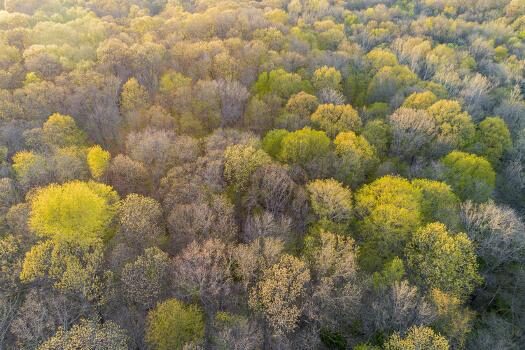As winter approaches, our attention turns to the silent guardians of our urban landscapes – trees. Urban forests not only beautify our lives, but they are also a home, habitat, and food source for myriad wild animals and fungi. By planting and maintaining urban trees, we contribute to the natural spaces that are displaced by development. In this article, we’ll talk about some native plants to Illinois that serve as vital wildlife habitats and keystone trees in our ecosystems.
Tulip Poplar
The Tulip poplar is a large fast-growing tree native to North America and an important food source in Illinois. This tree has large, beautiful flowers and uniquely shaped leaves, and is a preferred food source for the Eastern Swallowtail butterfly. The large flowers of this tree are also an important food source for numerous other pollinating insects and birds. This fast-growing tree species is known for having relatively strong wood and being long-lived. It prefers moist soils but will not tolerate flooding or standing water.
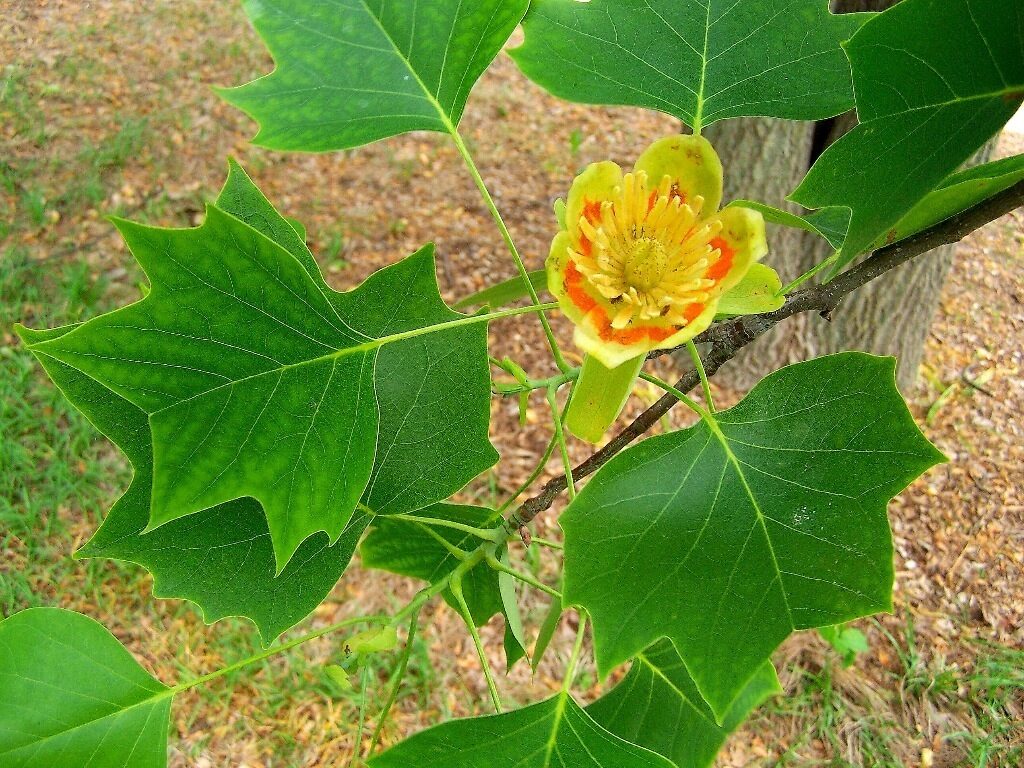
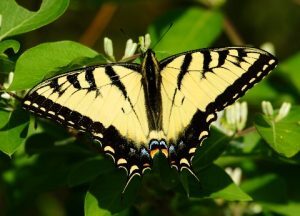
Eastern Redbud
The Eastern Redbud is famous for its astounding prolific pink blooms in early spring. These bright blooms are one of the earliest food sources available for pollinators in the growing season. As the season progresses, the seed becomes an important food source for birds, honeybees, and many other pollinators. Bobwhite quails are known for foraging redbud seeds in fall and may use the tree for nesting sites or nesting material. Redbud is an excellent smaller ornamental tree native to the Midwest and with minimal pest and disease issues.

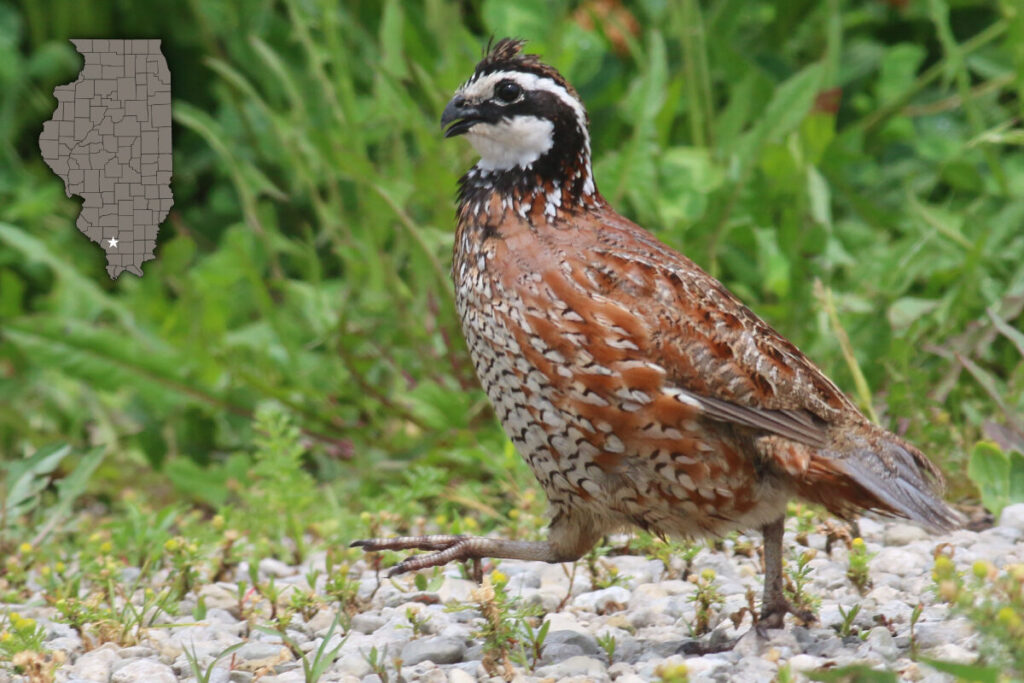
American Plum
Another beautiful ornamental tree with myriad flowers and serving as a valuable food source, the American plum tree (genus Prunus) is host to hundreds of different insects, which in turn are a food source for other larger animals down the food chain. If the blooms are pollinated, they will also serve as a food source directly to birds and various mammals. Prunus genus trees tend to be very susceptible to a large range of pathogens, but our plant health care program at Homer Tree Care can help combat invading pathogens and keep your trees healthy.
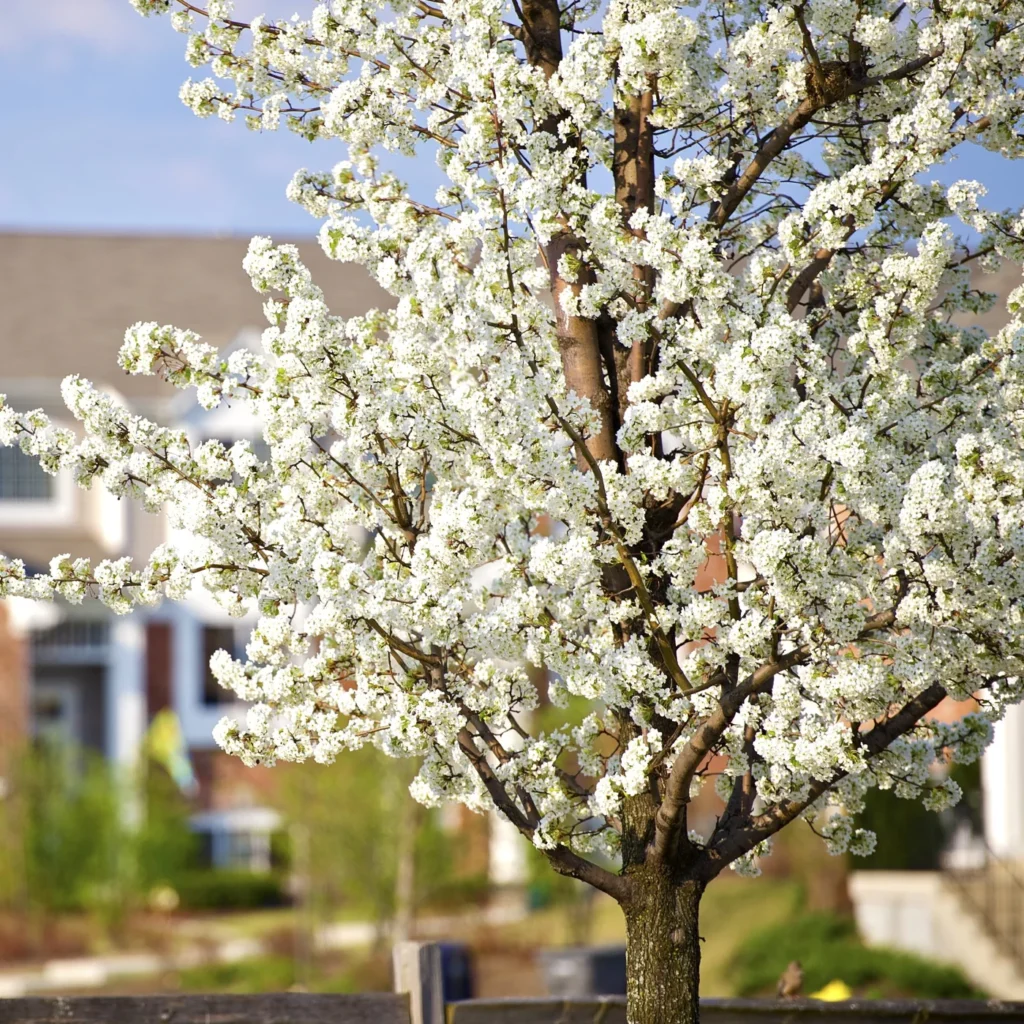
Oaks
We couldn’t possibly make a list of important wildlife habitat trees without talking about our mighty native oak trees. Virtually every species of Oak is host to hundreds of caterpillars, moths, beetles, lichen, mammals, birds, and even more! Their flowers are inconspicuous but still important in the spring, and their acorns are an important food source for hundreds of larger animals into the fall. The oak is considered a keystone species because of how important they are as a habitat to so many different organisms. Oaks come in numerous shapes and sizes and are usually very long-lived trees. Planting an oak is guaranteed to add value to your local ecosystem for generations, and maybe even centuries.
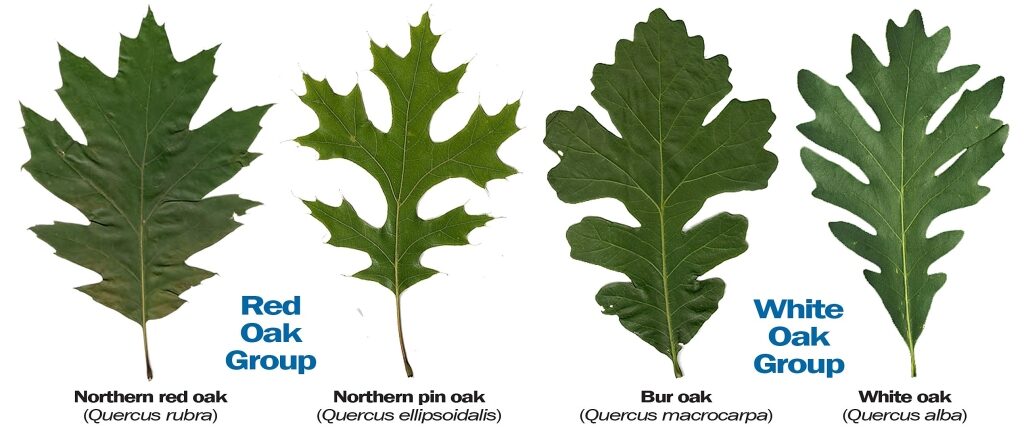
As we marvel at the beauty of these trees, it’s crucial to recognize the importance of maintaining their health. At Homer Tree Care, we offer services dedicated to the well-being of your trees, ensuring they continue to provide a rich habitat for wildlife. By partnering with us, you contribute not only to the visual splendor of your surroundings but also to the delicate balance of nature right in your backyard. Let’s continue nurturing the green guardians that sustain life around us and create a legacy of healthy ecosystems for the future. Contact Homer Tree Care today to speak with a certified arborist!

